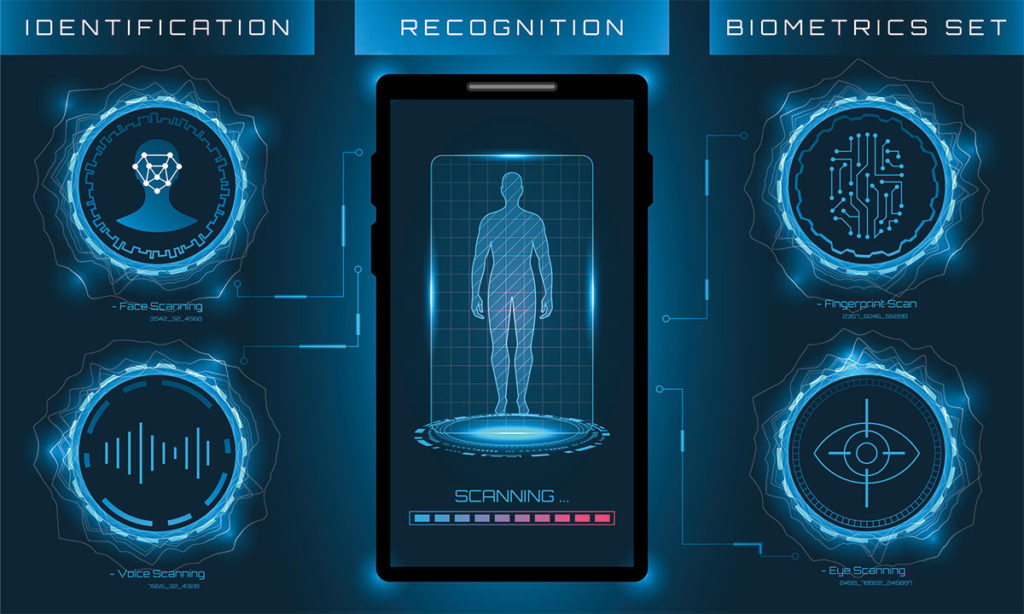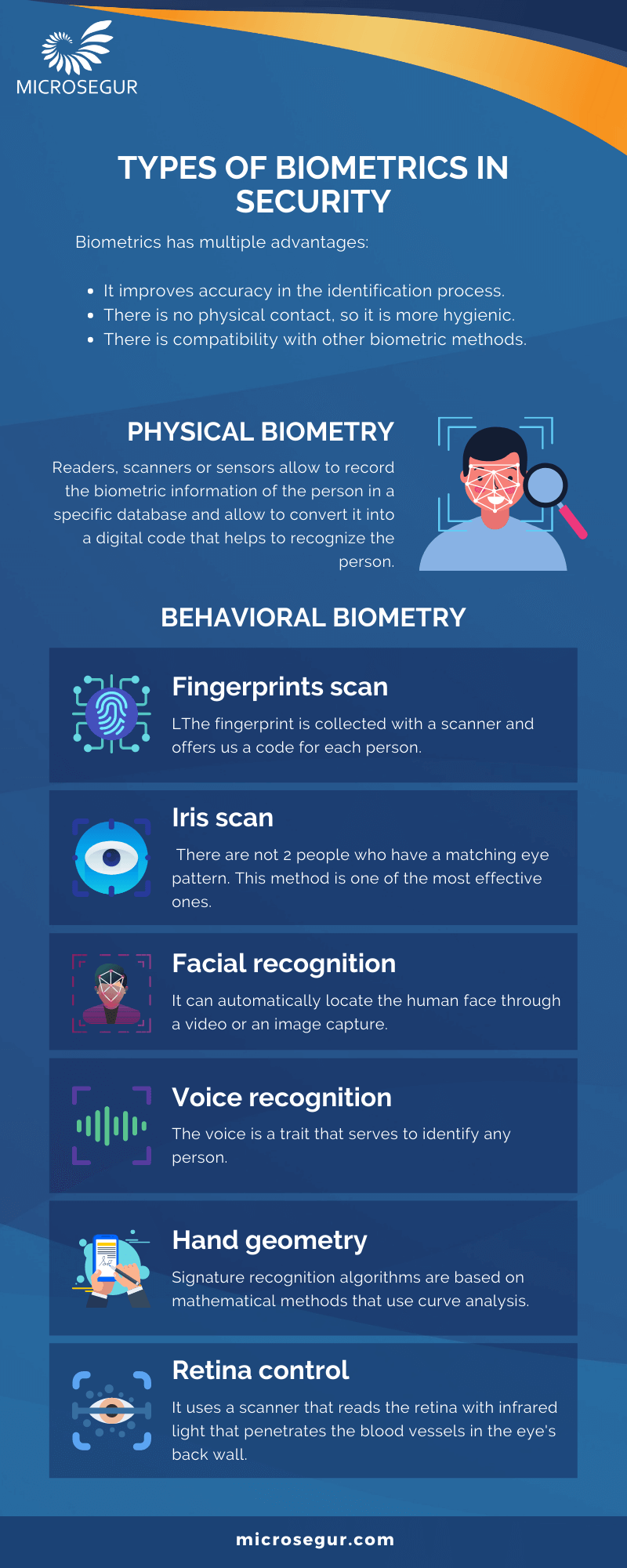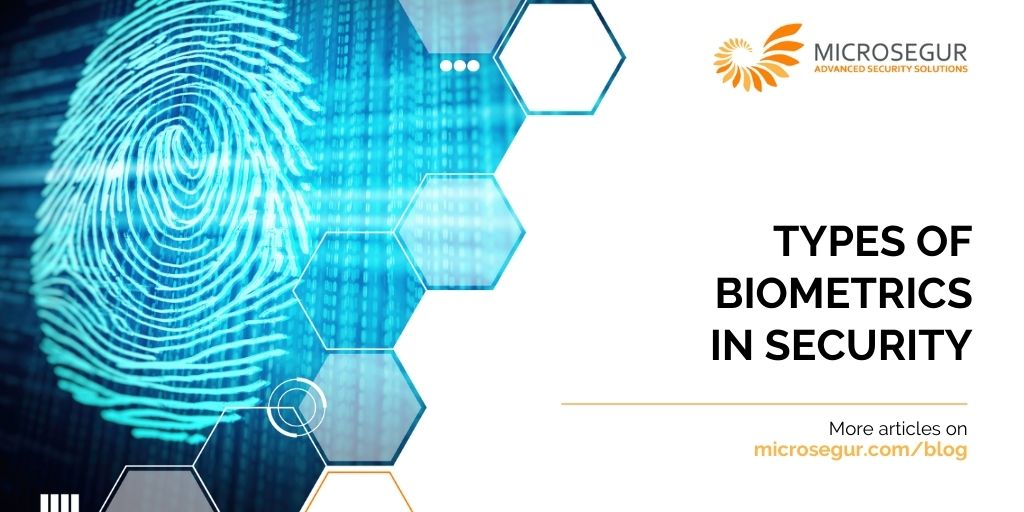Advances in technology and computing have led to the implementation of new facial recognition methods. Without a doubt, there are several types of biometrics in security to capture the image of people and identify them. In addition, this option allows you to record various positions of the face and use high definition to achieve much more reliable results.
On the other hand, it should be noted that facial recognition has become the second most widely implemented biometric authentication method in the world. In addition, every day there are more manufacturers that include it in their products, as well as corporations and companies that use it on a daily basis.
In addition, we cannot ignore that there are certain types of industries, which, unfortunately, may be more vulnerable and prone to certain attacks. This is the case of banks, hospitals or any other institution that moves volumes of confidential information. Therefore, this technology has become one of the most recent advances as a method of identification and access control with greater guarantees.
What is biometric security?
Biometrics is characterized as a sophisticated technology that offers enormous benefits in the field of security. This type of alternative served years ago to guarantee confidential or important commercial information and even to safeguard military secrets.
But, as a result of the attack on the Twin Towers on September 11, 2001, biometric protection has been extended and implemented in a wide variety of places with large numbers of people and traffic. In this case, we refer to large shopping centers, hospitals, airports, train stations or multinationals, among other types of buildings.
One of the main characteristics is that in biometrics data cannot be modified, since unlike the use of passwords, it is associated with a specific person. But, also due to changes that have to do with age or physical injuries, updates must be made. However, the advantages are obvious:
- Accuracy in the identification process is improved when compared to other systems.
- There is no physical contact, for this reason, this method is more hygienic.
- There is compatibility with other biometric methods.

Types and systems of biometrics in security
Currently, there are several types of biometric security depending on their characteristics and benefits. The most used ones provide a greater degree of security in the analysis of the person and in the security of the data.
Physical biometrics
There are a large number of modern devices such as the reader, the scanner or the sensor that allow the biometric information of the person to be recorded in a specific database. These systems have the ability to remember this information and convert it into a digital code that helps to recognize the person.
It should be noted that modern smartphone cameras and camcorders have the ability to easily recognize faces with the help of the scanner. A technology that can be used to unlock the phone and perform more complex tasks related to, for example, financial or legal services.
Behavioral biometrics
Behavioral biometrics is also a recognition system that identifies people based on a series of characteristics that include signature dynamics, voice or gestures, among other possibilities. It is also known as passive biometrics and is used to evaluate the individual’s behavior.
However, among the main types of biometrics that exist today, we can highlight the following:
- Scan fingerprints. The fingerprint is collected with a scanner and offers us a valid and non-transferable code for each person.
- Iris scan. This idea was an initiative of the ophthalmologist Frank Bursch in 1936. Interestingly, in all of human history no two people have yet been found to have a matching eye pattern. This method is one of the most effective.
- Facial recognition. In this case, the human face can be located automatically through video or image capture.
- Voice recognition. It must be taken into account that the voice is a feature that serves to identify a person. Currently, there are several devices that help us with this task.
- The geometry of the hand. Signature verification also applies to other areas that require this automation for certain jobs. Signature recognition algorithms are based on mathematical methods that use curve analysis.
- Control by the retina. There are many companies that also use this type of control. A biometric scanner is used that has the ability to read the retina with an infrared light that penetrates the blood vessels in the back wall of the eye.

Biometrics is an effective way to identify people with a minimal margin of error. This means that we are facing a technology that if something has shown us so far is its high reliability.
For example, security in smart buildings has become a real challenge and a real challenge. In addition, the video surveillance systems and the placement of alarms have been thought to use some type of facial or finger recognition control to guarantee maximum protection.
Therefore, to access these places it will be necessary to undergo a prior control that offers us all precise information about the identity of the person.
In addition, this type of automated technology allows us to control access and adopt all relevant security measures, as well as to have greater control over energy resources, the building’s air conditioning and efficient management of all systems.
In short, biometric technology is an excellent alternative as a security system, however, it can also present certain vulnerabilities and be passable. For this reason, it is best to have devices that are capable of offering various solutions and alternatives. We hope after this article, you know all the types of biometrics in security.




